November 30, 2019 – Trogir artisans have been at the centre of the town’s life for thousands of years. Unlike Dubrovnik, the modern Trogir artisans are upholding the authentic traditions of the past.
The most thought-provoking presentation of 2019 for me so far was called Successful Tourism by tourism guru Doug Lansky at the Crikvenica International Health Tourism conference earlier this month. One of the most acclaimed speakers on the global circuit, Lansky gave a brilliant presentation of what does, and what doesn’t work. HIs simple message for what people are looking for was something unique, different experiences. You can read the full report on Lansky’s presentation here, but one of his simple observations was the following:
But it is the truly unique attractions which make us travel. And the very ironic thing is that those very unique things are VERY affordable and cost almost nothing. Imagine going to Paris without visiting two of its stars, the Eiffel Tower and the Louvre – combined entrance price just 20 euro. The Taj Mahal (1 euro), the Pyramids (6 euro) the Great Wall of China (7 euro), the Hermitage in St Petersburg (8 euro), the Statue of Liberty (17 euro), Edinburgh Castle (20 euro), Macchu Picchu (39 euro). Lanksy took us through 15 world-class and very unique attractions, of which Petra in Jordan was the most expensive at 60 euro – total entrance price just 290 euro all in. In his example, a tourist coming from Vancouver to Paris to see the Louvre was spending just 0.3% of the holiday budget on the thing he came to see.

Unique experiences. It is something I have been thinking a lot about ever since. Croatia has an abundance of unique and fascinating experiences, but they are either completely overrun by tourism (Dubrovnik, Diocletian’s Palace, Plitvice Lake and the Blue Cave), or almost completely ignored by tourists visiting Croatia (incredible Vucedol, the birthplace of Telsa in Smiljan, or – for religious tourists – the only authenticated Croatian miracle in Ludbreg).
I had another incredible authentic experience last week in Dalmatia, a 6am walk around a spectacular UNESCO World Heritage Site that I had all to myself in bright sunshine. Thousands of years of history in the stone streets and squares of Trogir, it was magical, and I encourage you to take the effort, particularly out of season, when most of the cafe awnings have been put away, thereby exposing more of the original stone.
I was in Trogir for the launch of the new branding of the town, Trogir, Marked by Masters, a fantastic project with so many layers of genius that I am still trying to unravel them before writing a big report on it. While I knew that Trogir had a rich artisan history, I had no idea that the traditions of the past were so alive in Trogir today, or that all the actors in the promotional video above were in fact masters in their own field. The new branding of Trogir, Marked by Masters was not only a throwback to past history, but very much a link to the vibrant creative scene in the old town today.
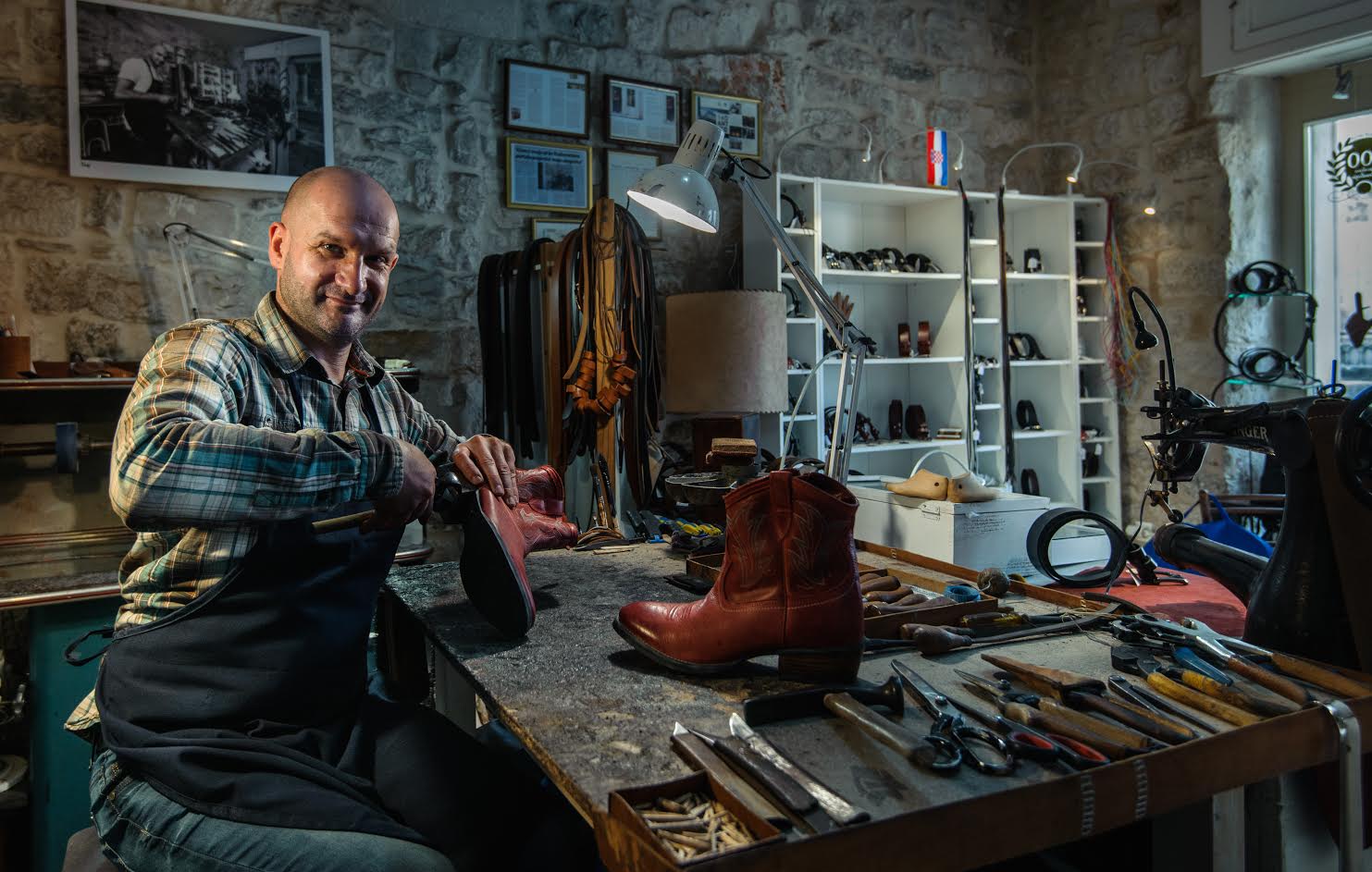
Unlike Dubrovnik.
If we were to make a list of must-see places according to Lansky’s presentation, the old town of Dubrovnik would surely be number one on the list. It is even free to visit (or about 25 euro from memory to visit the famous walls). Just the kind of attraction that Lansky would be drooling over. An attraction which gets people on the plane with most of the money generated around it. A destination filled with fine stone buildings and cute arts and crafts from family businesses dating back generations. Unique and different experiences.
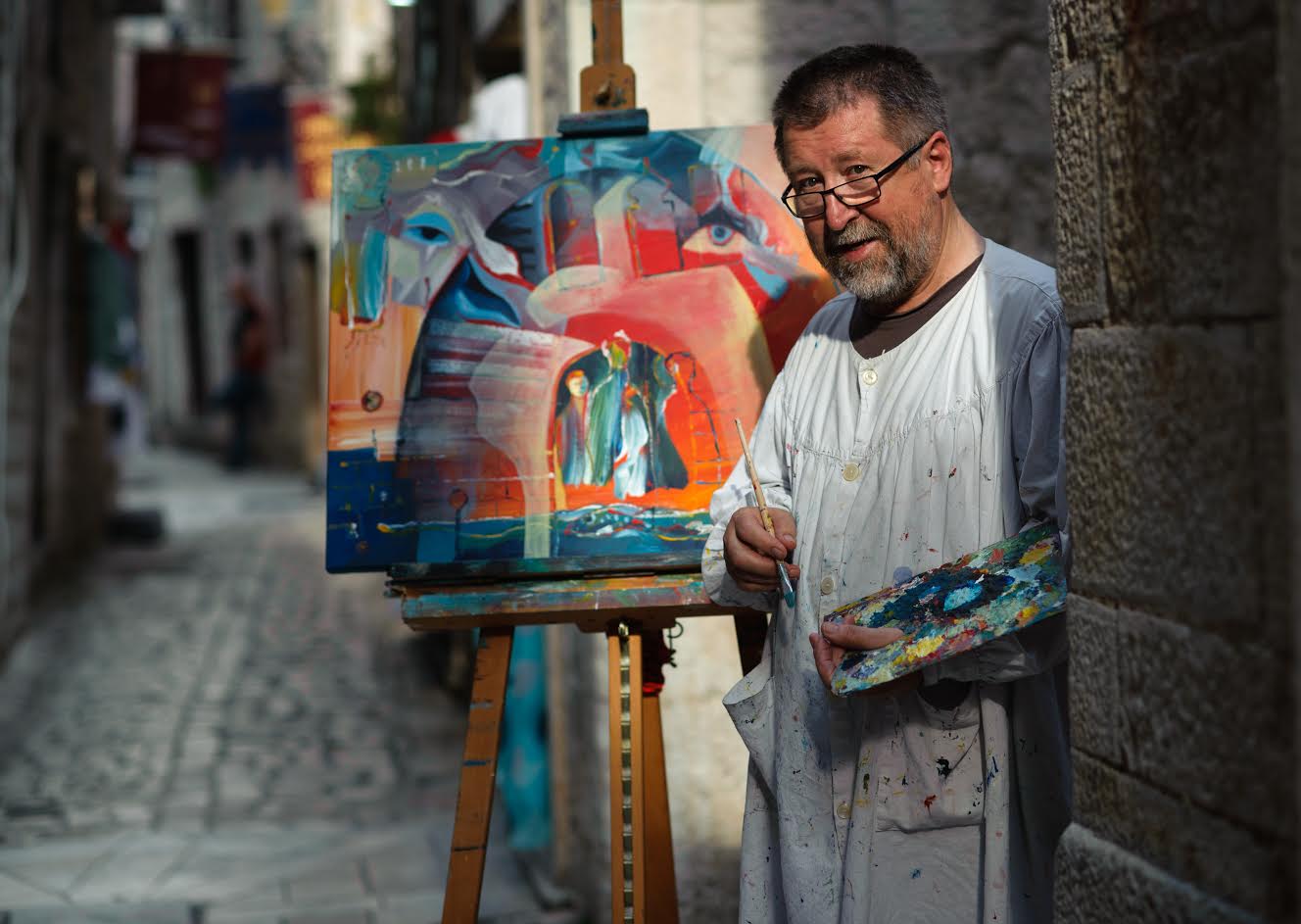
Except things have not quite worked out that way in Dubrovnik.
The curse of overtourism and the obsessions with numbers, numbers, numbers is such that one of Croatia’s leading boutique travel agencies told me they are considering removing Dubrovnik entirely from their 2020 offer.
How crazy is that?
But if you stop to take a closer look, the reasons are plain to see. Several years ago I went to visit the legendary barber in the old town who had run his barbershop for about 50 years from memory.
He was the last such business left in Dubrovnik. All the other artisans had stopped their trade or moved out of the old town, to be replaced by tacky souvenir shops selling cheap Chinese crap and Game of Thrones souvenirs.
And the majority of visitors on their day trips were not even spending. I was shocked when a specialist souvenir shop, which has successful stores in other coastal locations, told me they were closing their Dubrovnik shop as business was so bad, especially in July and August when sales were worse than May and October. So many people in the town that those who wanted to explore at leisure and spend were going elsewhere.
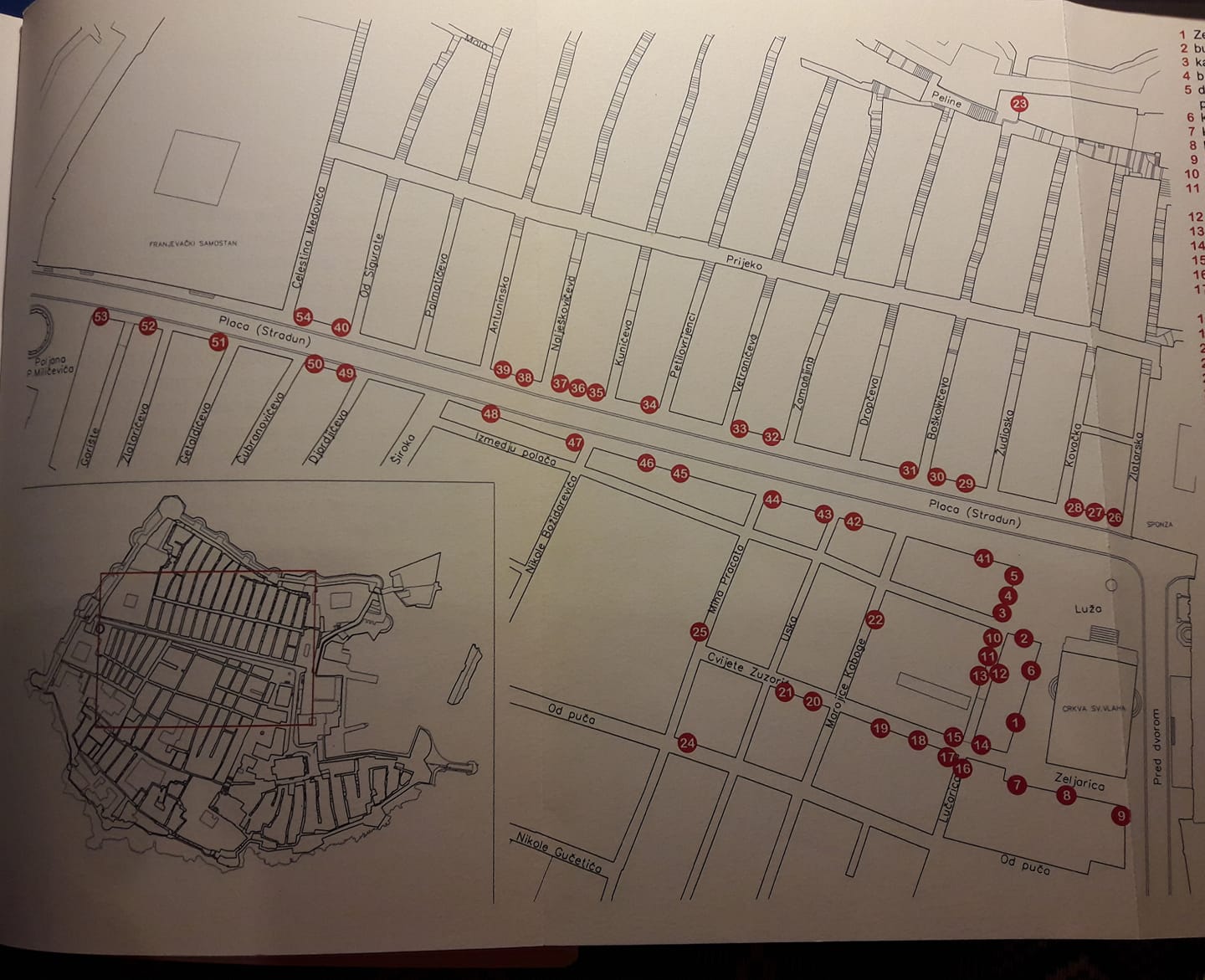
I decided to look into the Dubrovnik artisan scene over the years. Many thanks to Miso Mihocevic and Miljenka Tarana for their local Dubrovnik expertise. Check out this 1929 map of the old town of Dubrovnik and its artisans. The map is from a 1929 edition of a book by Nada Scatolini.
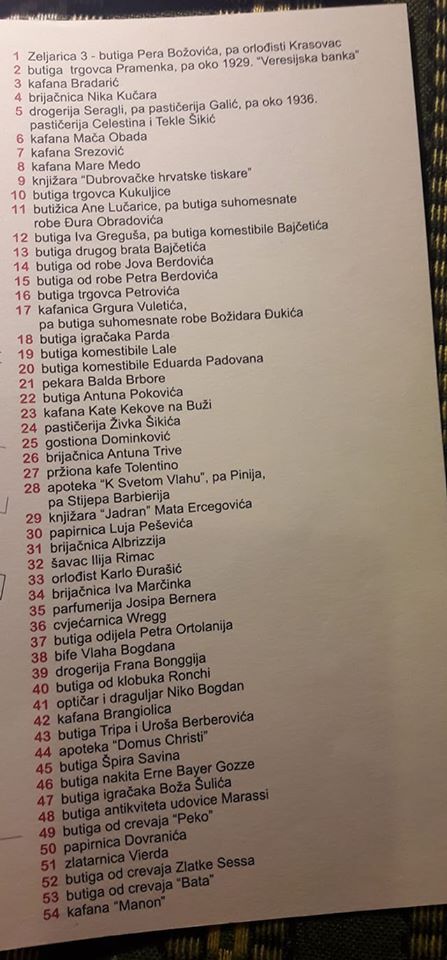
A list of all the arts and crafts shops which made the list.
I asked Miso how things were in the more recent past, 1991 for example, the year of the outbreak of the war:
By 1991 there were 7 barber shops, now only one, 3 tailors, now zero, one hat shop (was old tradition and excellent) closed several years back; 5 joiners, long since gone. 3 shoe repair shops, zero now. ( in my time there was an interesting little shop that repaired umbrellas, time ran it over ..) Some craft shops have become souvenir shops and are hardly traceable even in the memory of my friends.
Apart from the solitary barbershop, nothing else remains in Dubrovnik today.
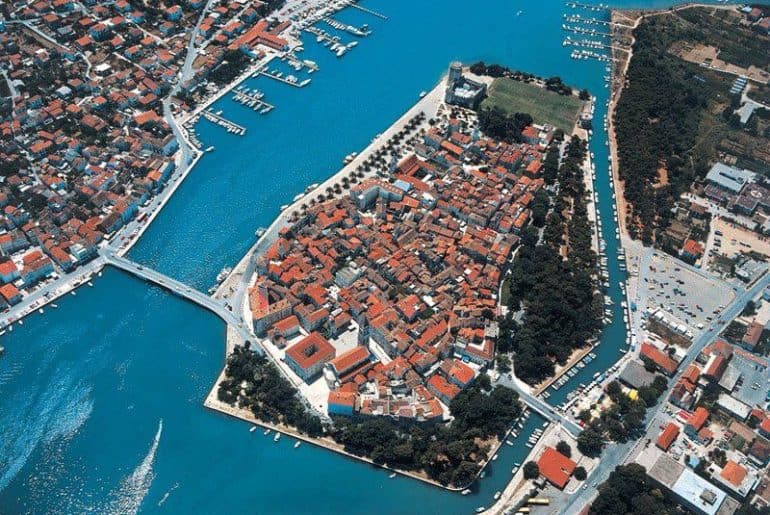
Which is why Trogir was SO refreshing. Although smaller than Dubrovnik, Trogir is also a UNESCO World Heritage Site with a formidable heritage dating back thousands of years. But the big difference between Dubrovnik and Trogir is that so many of those old arts and crafts are very much on display today and practiced by the youngest generation of the family business.
Sculptors, coral jewellers, goldsmiths, tailors, shoemakers and a clock repairman – they can all be found in the old town of Trogir, practicing their family trade as generations of their family did before them.
In an era of overtourism and making the quick buck, this new direction of Trogir is one of the most interesting positive tourism developments I have come across recently, certainly on the coast.
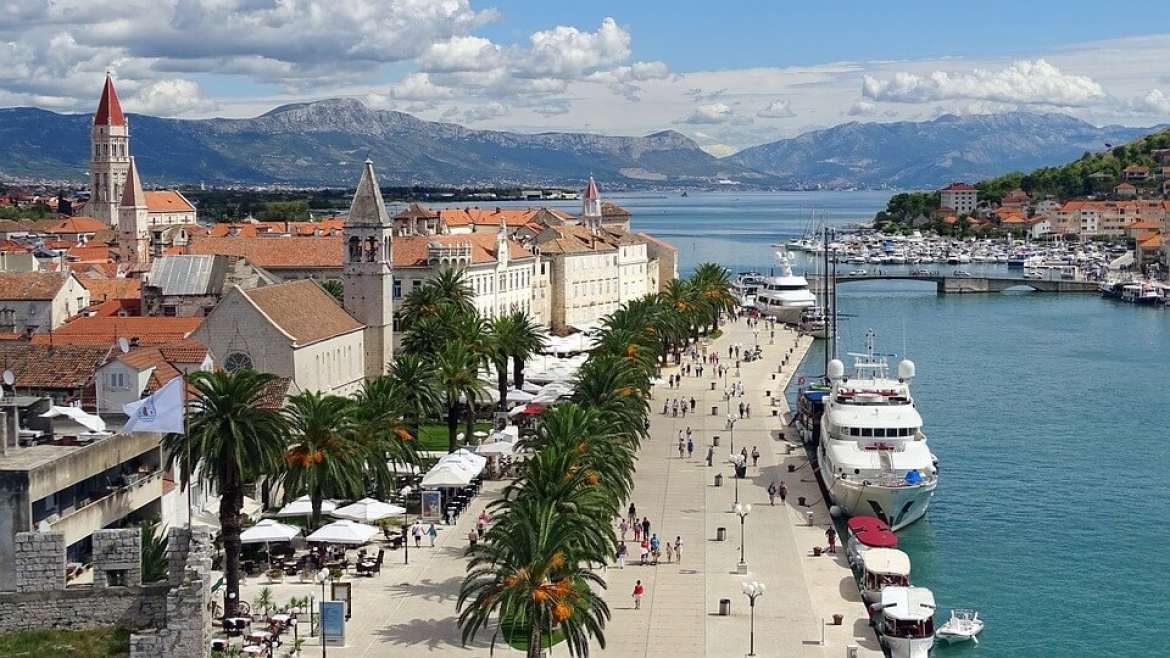
I encourage you to visit. But make sure that your day starts with a 6am walk around this magnificent World Heritage Site out of season, when you will experience Dalmatia at its very finest, and all to yourself. Then enjoy a morning coffee on the waterfront of one of the squares, before starting your tour of the Trogir artisans.
To follow the latest from Trogir, check out the dedicated TCN section, or learn more about the town in the Total Croatia Trogir in a Page guide.









